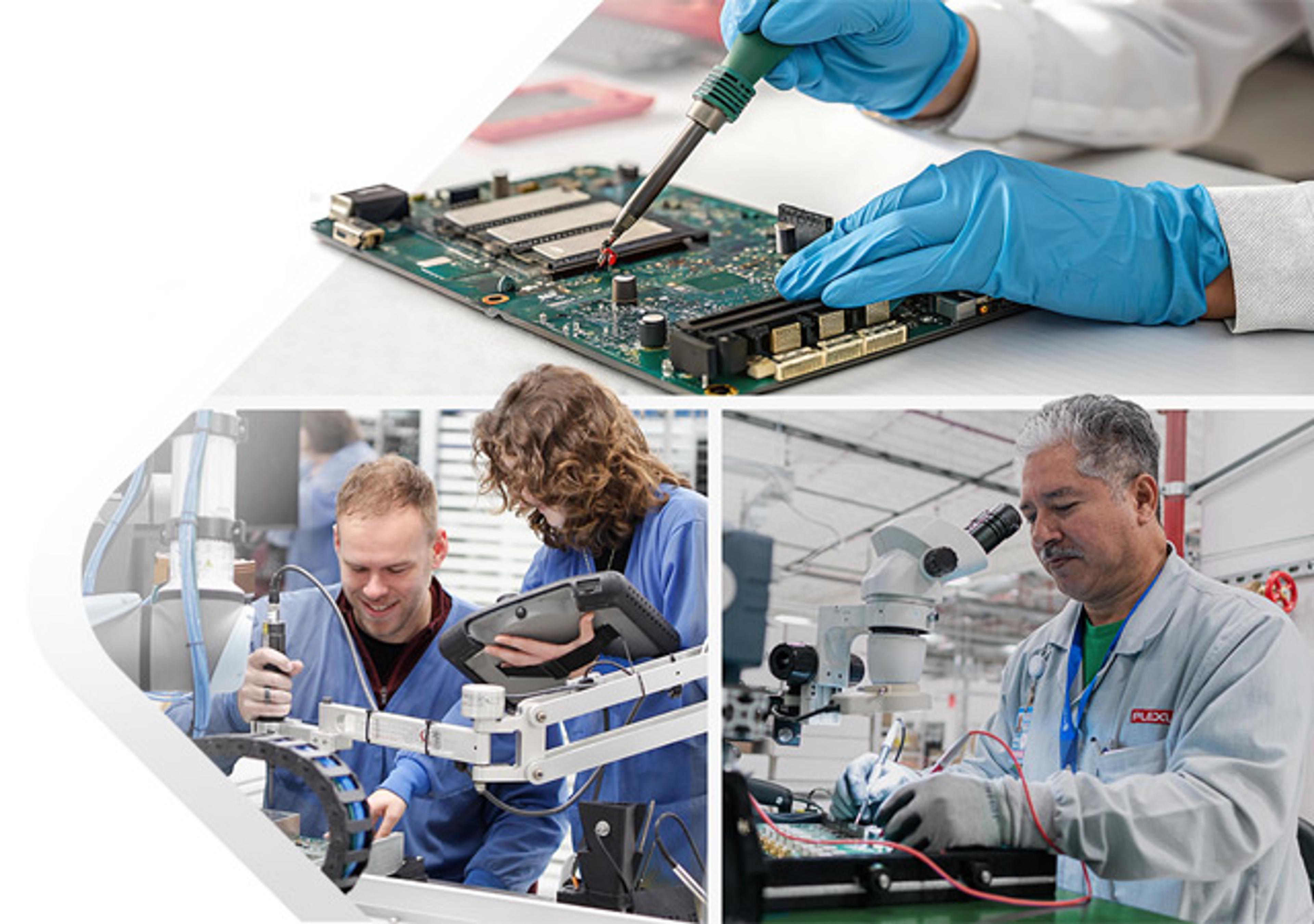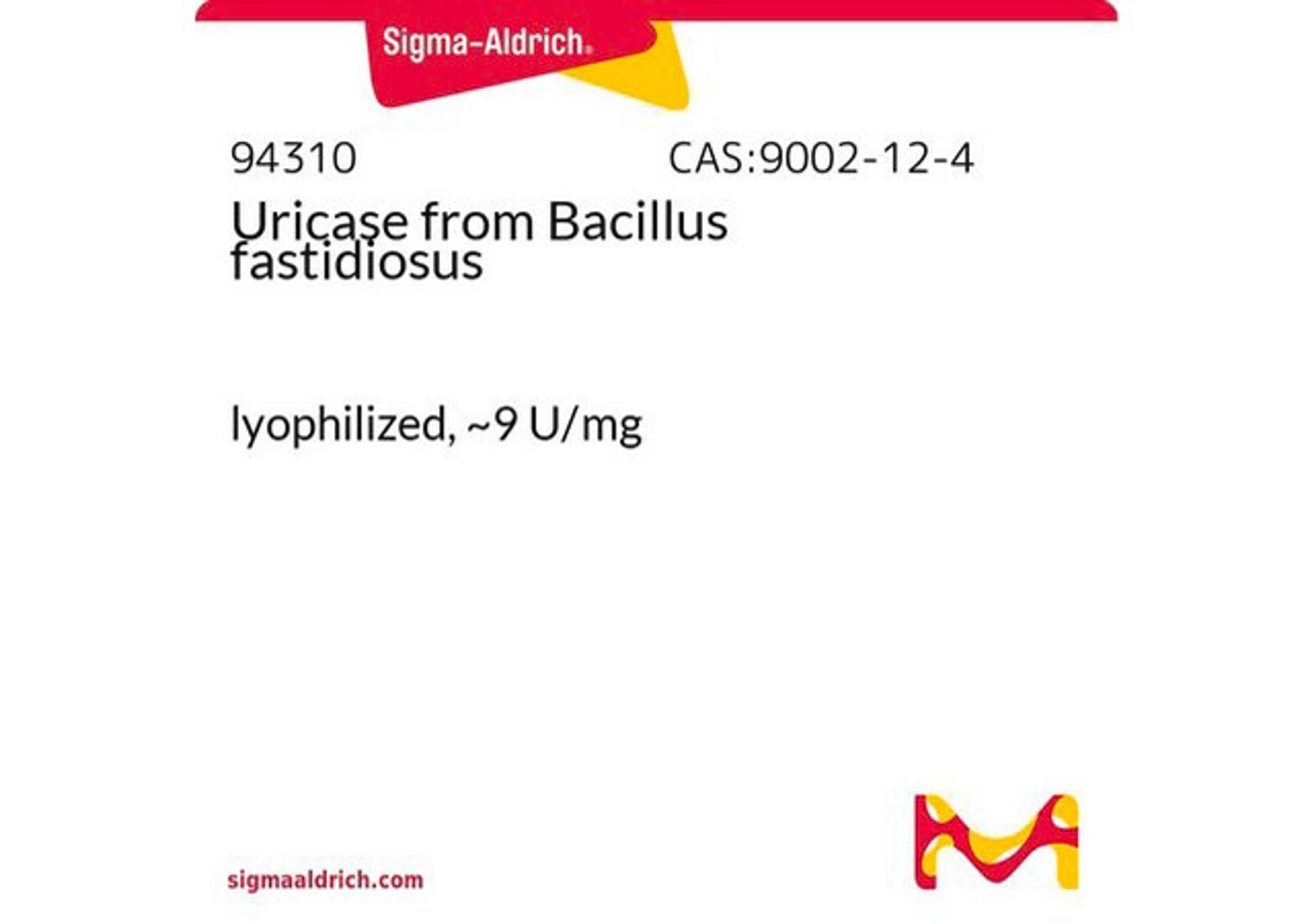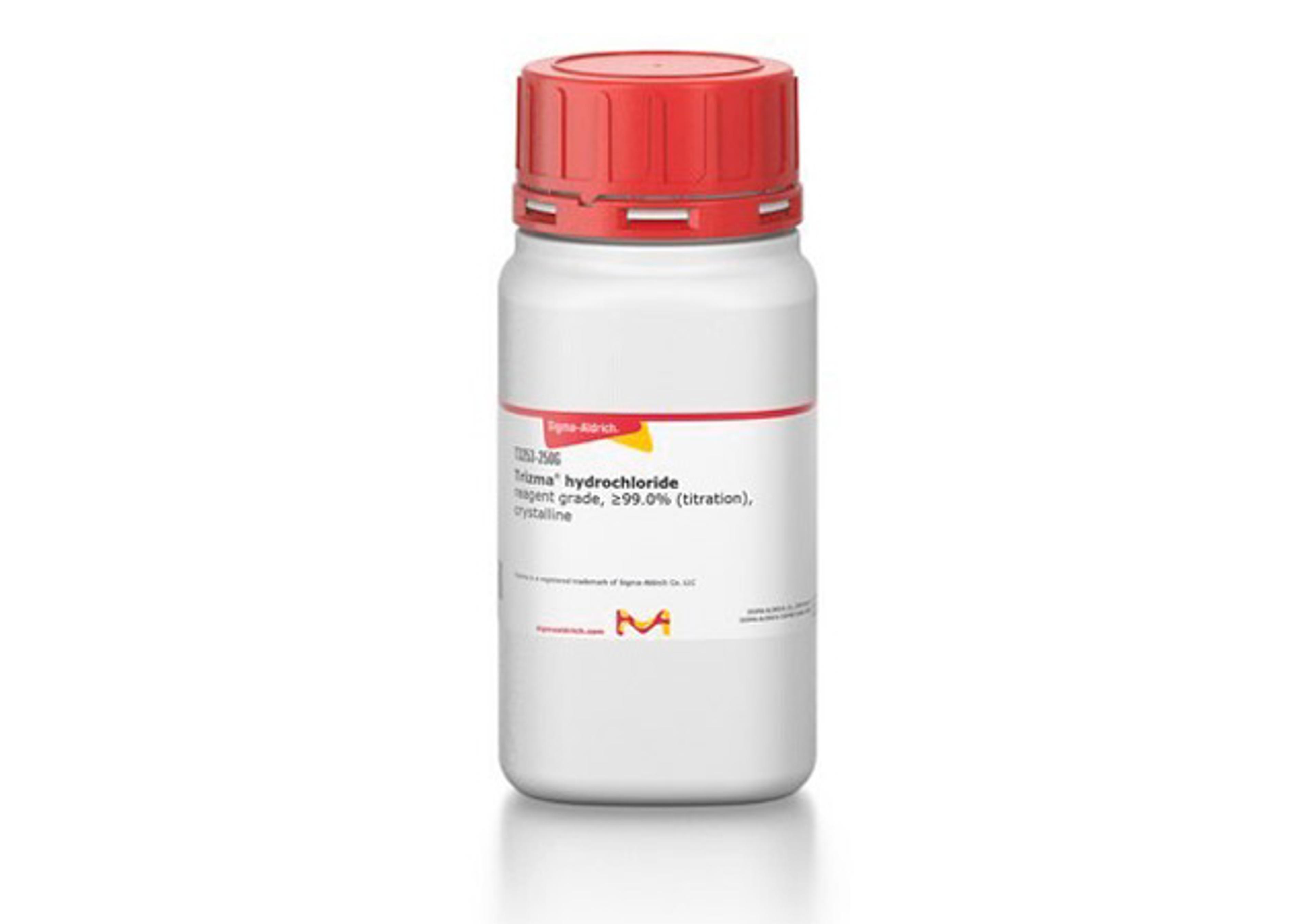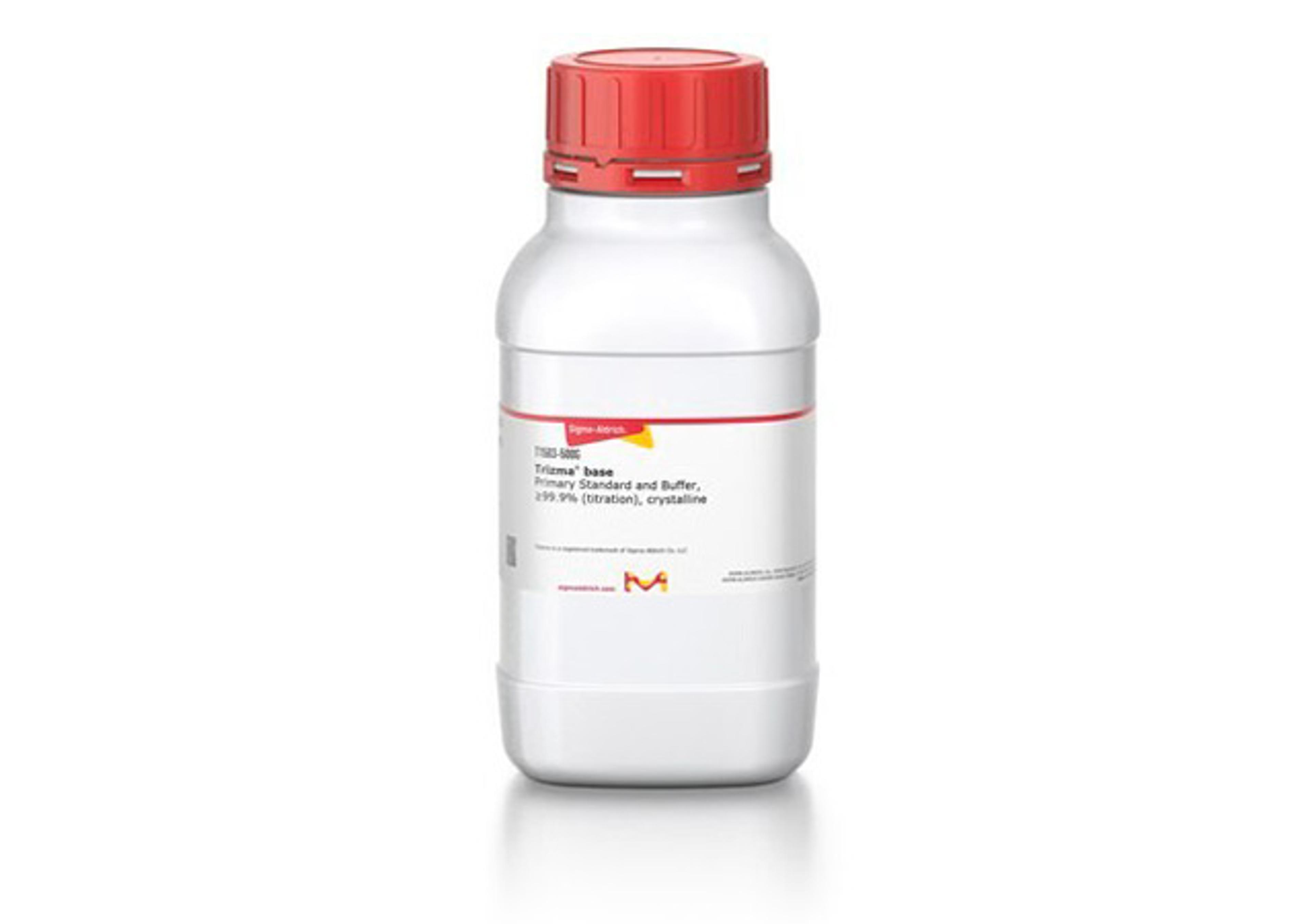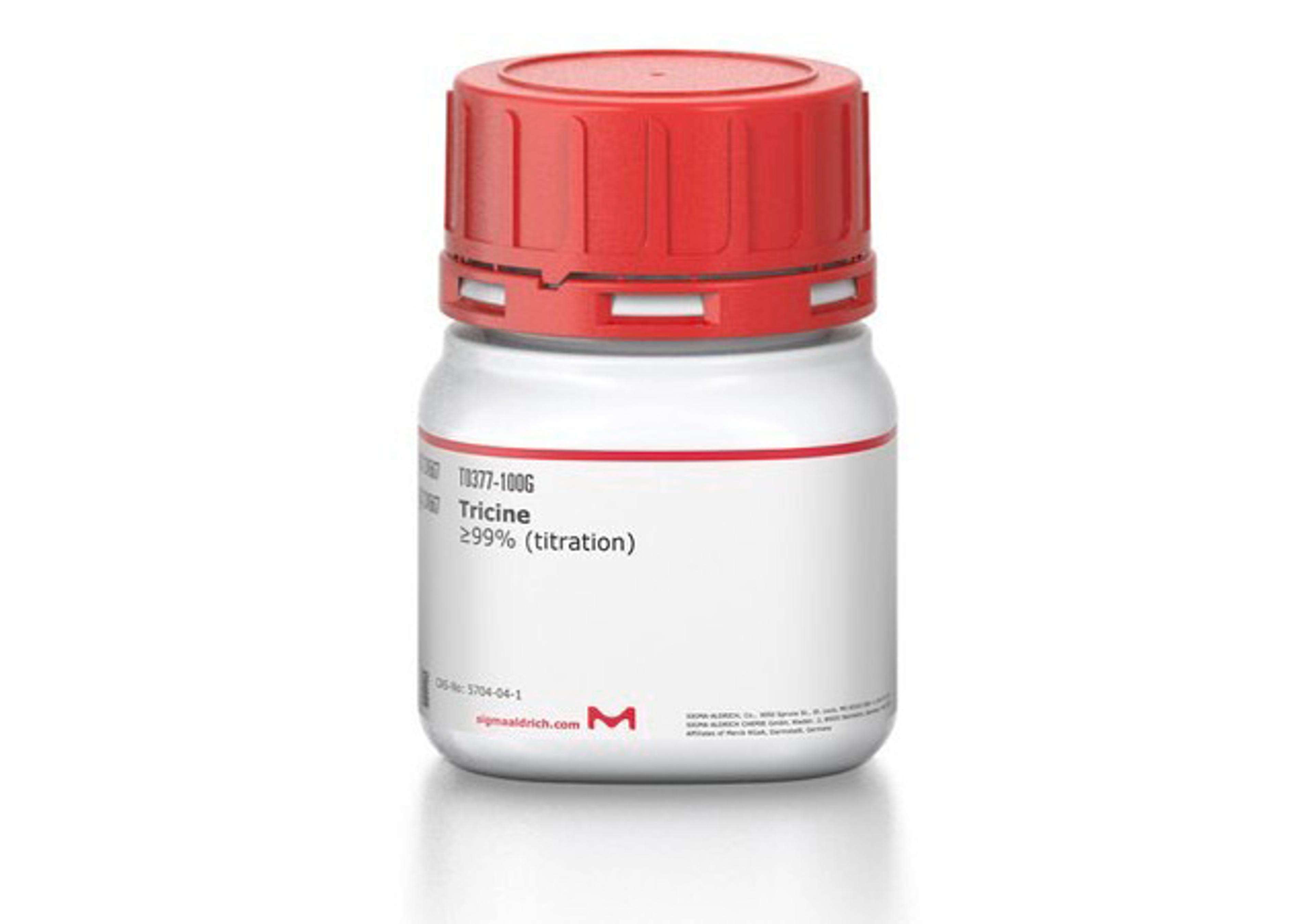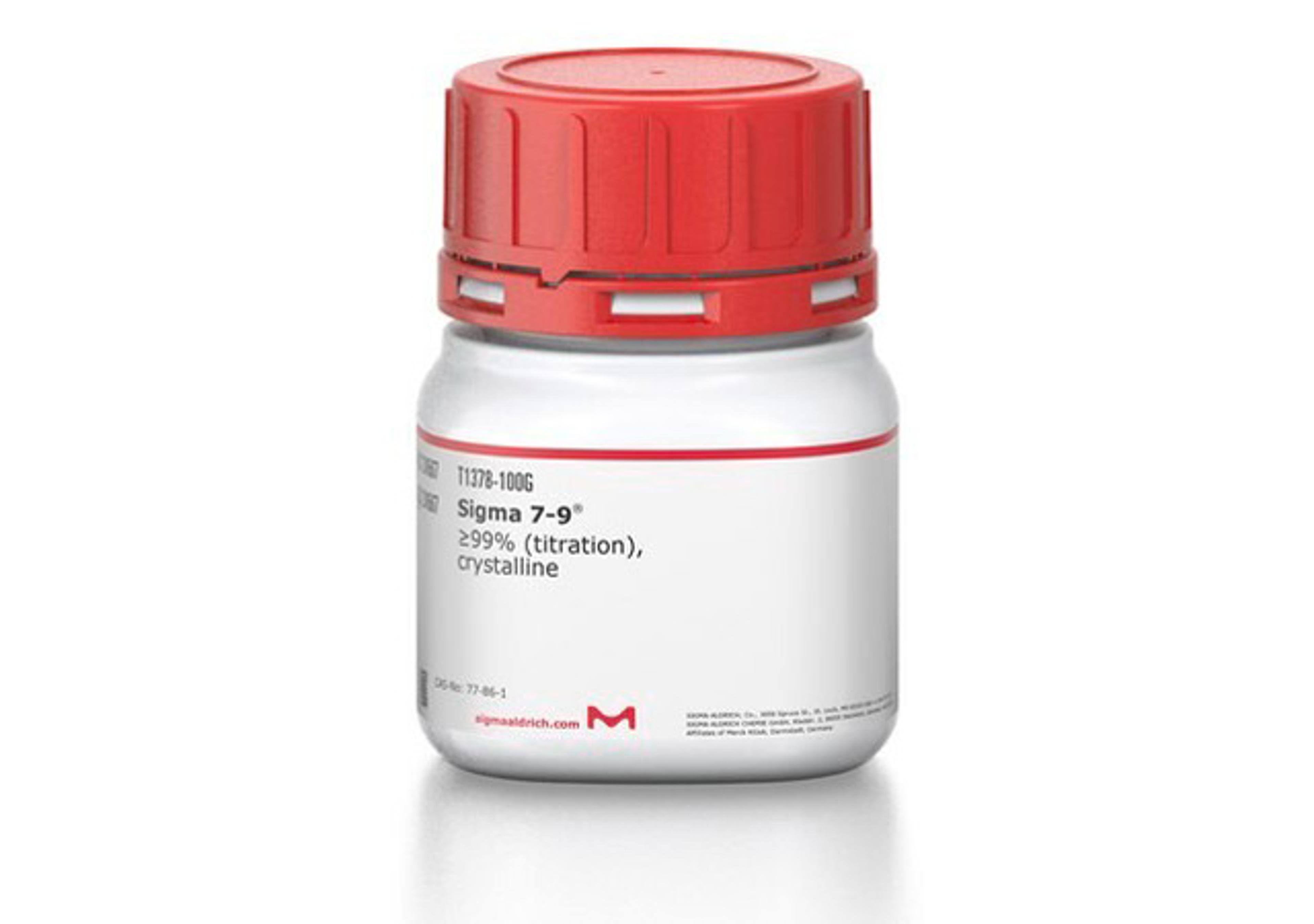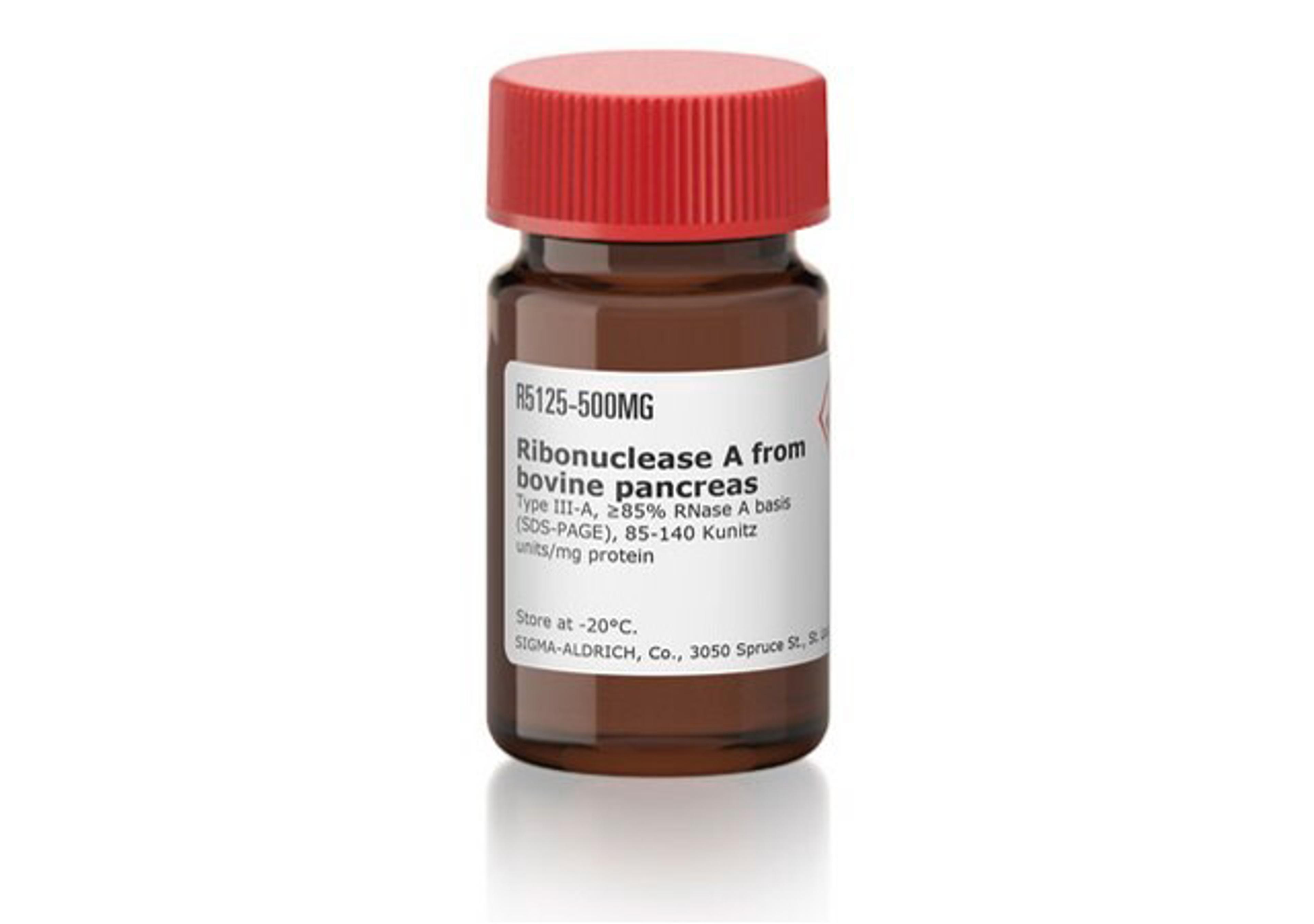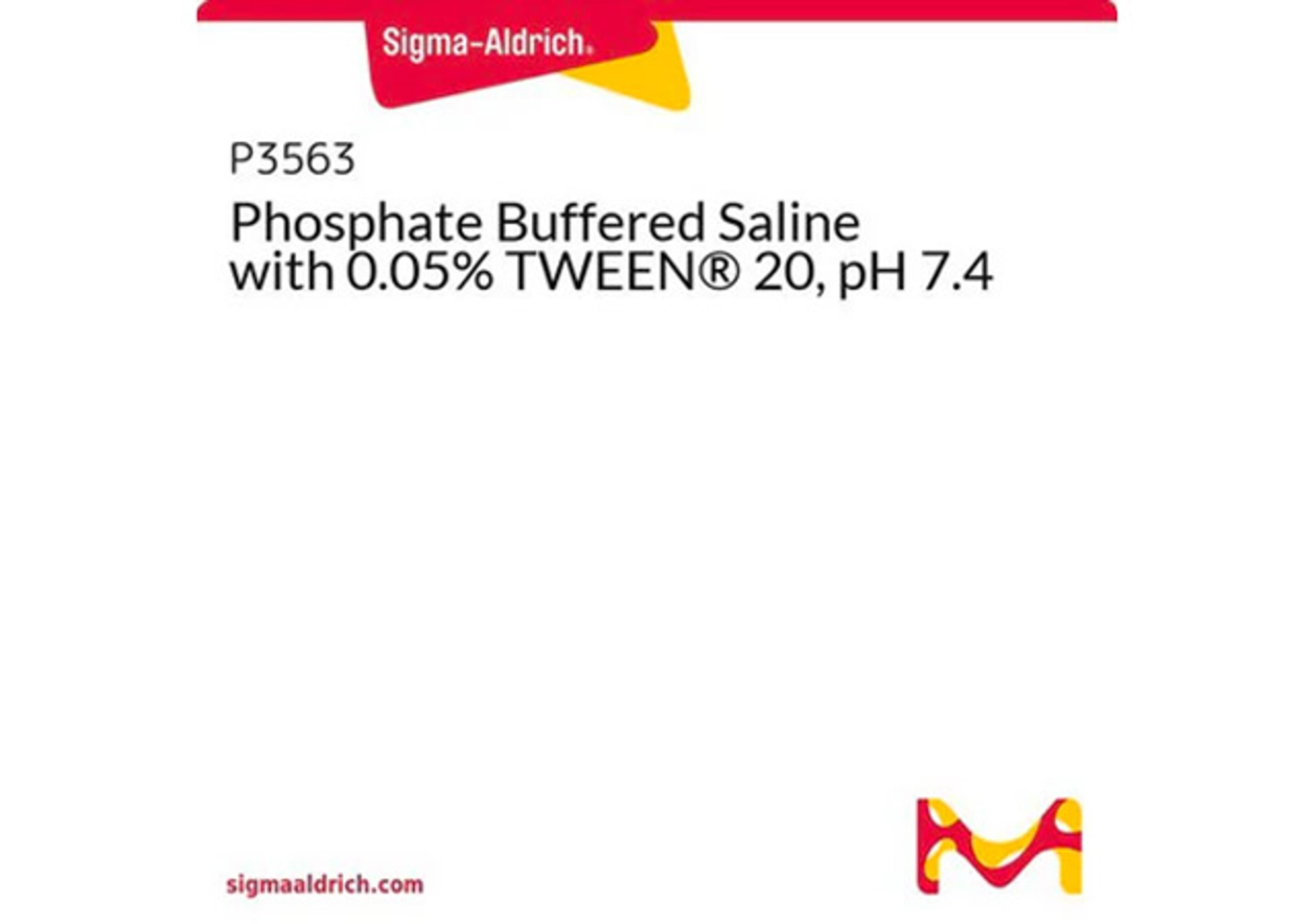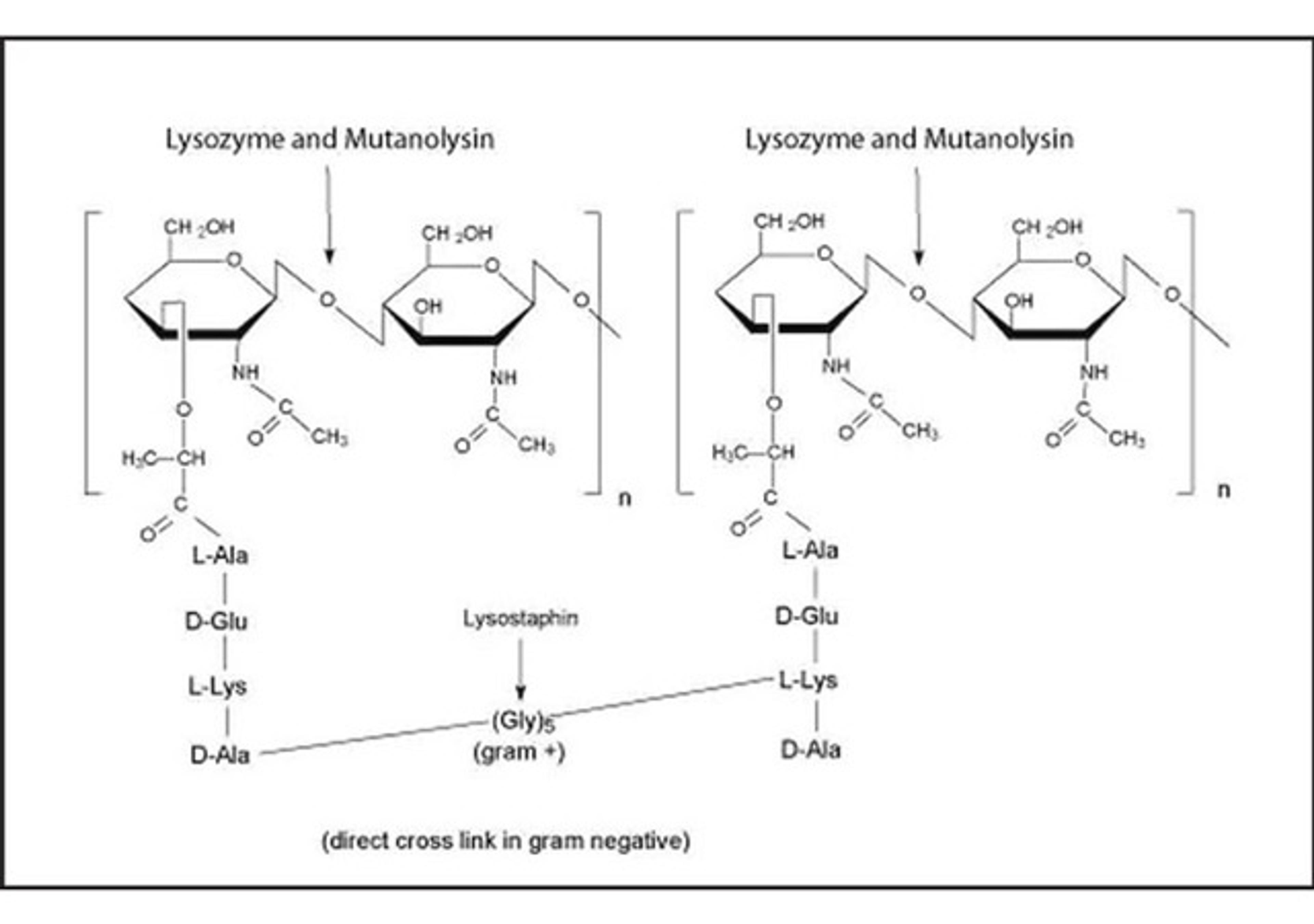Cellular DNA Fragmentation ELISA
Application The Cellular DNA Fragmentation ELISA may be applied to measure: Apoptosis by detection of BrdU-labeled DNA fragments in the cytoplasm of affected cells (= nonradioactive alternative to the [3H]-thymidine-based DNA-fragmentation assay). Cell-mediated cytotoxicity by detection of BrdU-labeled DNA fragments released from damaged target cells into the culture supernatant (= nonradioactive alternative to the [3H]-thymid…
Application
The Cellular DNA Fragmentation ELISA may be applied to measure:
Apoptosis by detection of BrdU-labeled DNA fragments in the cytoplasm of affected cells (= nonradioactive alternative to the [3H]-thymidine-based DNA-fragmentation assay).
Cell-mediated cytotoxicity by detection of BrdU-labeled DNA fragments released from damaged target cells into the culture supernatant (= nonradioactive alternative to the [3H]-thymidine- release assay and the [51Cr]-release assay).
Benefits
- Nonradioactive assay system.
- Sensitive (1 x 103 cells/well).
- Low assay background.
- No additional dilution steps required.
- No washing of the cells required.
- Results obtained correlate to those obtained by standard methods.
- Denaturation/fixation of DNA in the microplate by microwave irradiation.
- Fast (4.5 - 5.5 hours).
Principle
The assay is based on the quantitative “sandwich enzyme immunoassay” (ELISA) principle, using two mouse monoclonal antibodies directed against DNA and BrdU. The procedure is as follows:
In the first step, anti-DNA antibody is adsorptively fixed in the wells of a microplate. In the second step, BrdU-labeled DNA fragments, contained in the sample, bind to the immobilized anti-DNA antibody. In the third step, the immunocomplexed BrdU-labeled DNA fragments are denatured and fixed on the surface of the microplate by microwave irradiation. This procedure improves the accessibility of the antigen BrdU for detection by the antibody. In the final step, anti-BrdU-peroxidase conjugate reacts with the BrdU incorporated into the DNA. After removal of unbound peroxidase conjugates, the amount of peroxidase bound in the immune complex is photometrically determined with TMB as the substrate.

